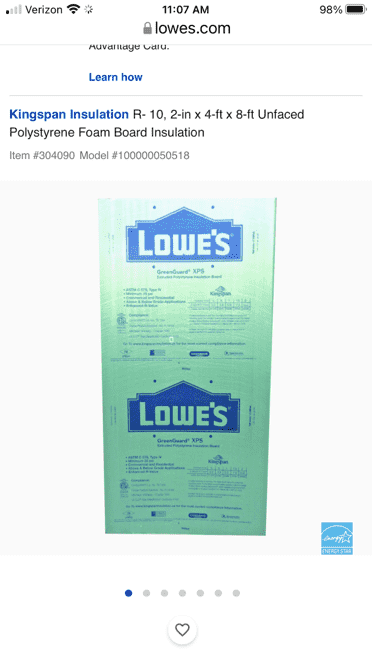My horse (with cushing’s) just suffered from a laminitis episode on the 22nd. This is the first time she’s been laminetic. X-rays showed mild rotation, and the farrier was out yesterday (23rd) to retrim her to account for that. Blood work revealed that she is also insulin resistant. The vet wants to start her on Levothyroxine which I’m going to pick up today (blood work showed that ACTH levels are well controlled on her current dose of Prascend).
She is getting Equioxx (which she was on before this for some arthritic pain), and is now on additional pain meds (acetaminophen). I’ve ordered the Easyboot Clouds for her (no where in my country had the Softride boots available in her size), but they haven’t arrived yet.
I’ve been icing her front hooves several times a day, but even with that and the pain medications she is still in pain. For people who have gone through a laminitis episode with your horse, how long did it take from the initial symptoms until your horse was more comfortable? My mare is in a deeply bedded stall and is happily eating, but she’s still quite tender. She rarely does the standard “laminitis stance” (usually stands squarely), but she’s constantly shifting her weight side to side and just hobbles around whenever she moves. It’s really heartbreaking to watch (even though I know it can get so much worse than what she has). Should I have noticed an improvement by now (2 days)?


